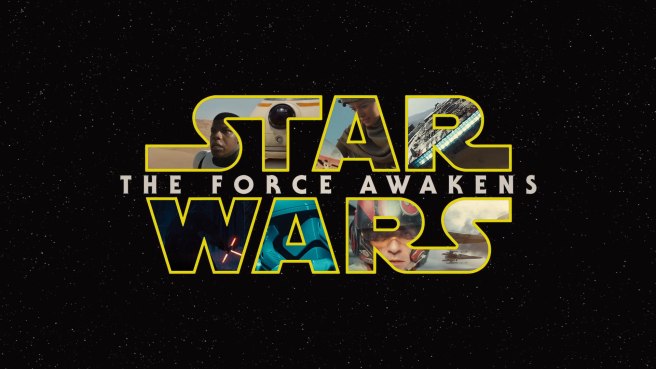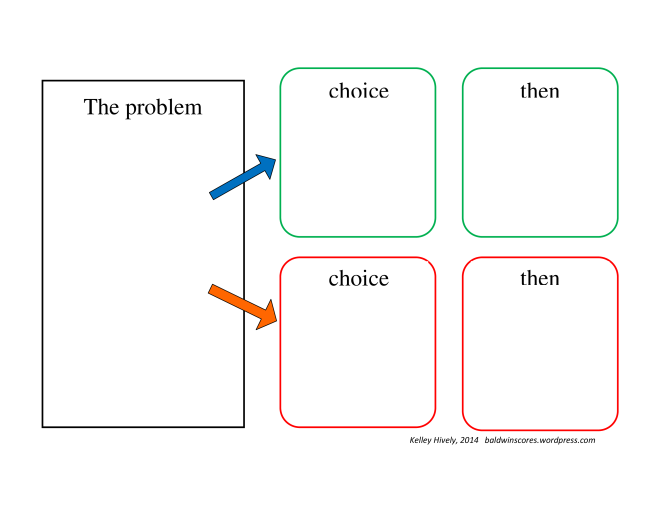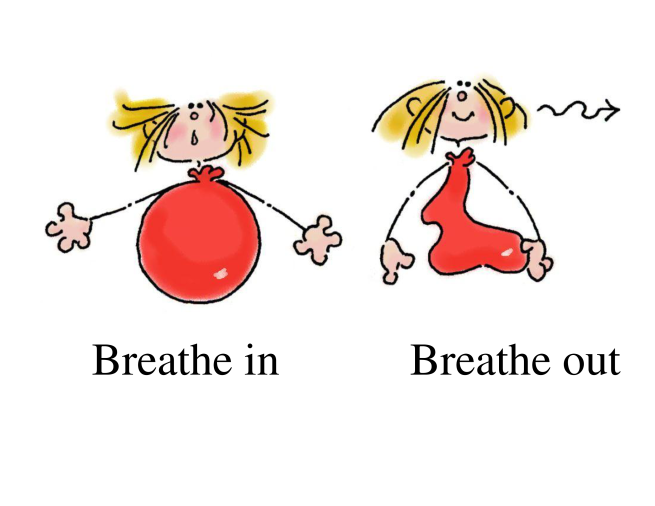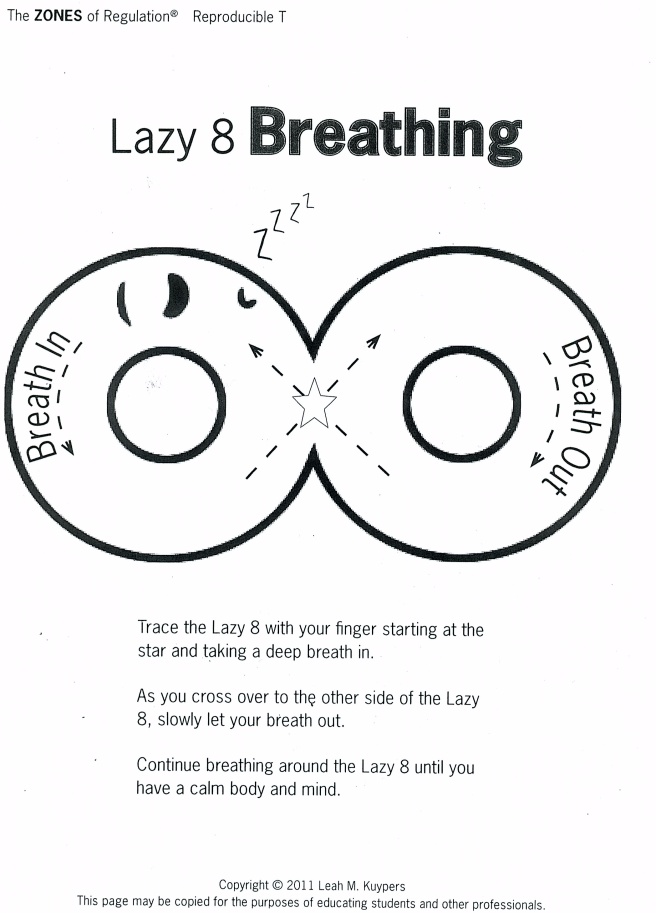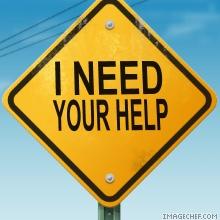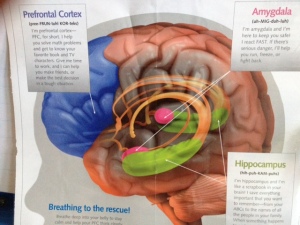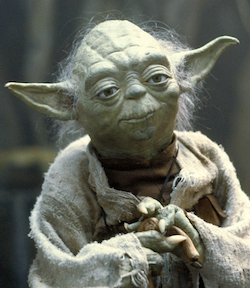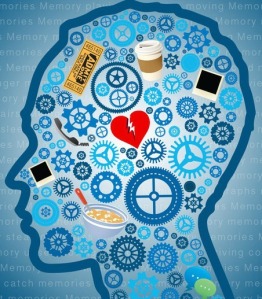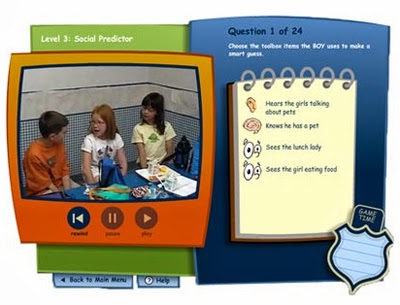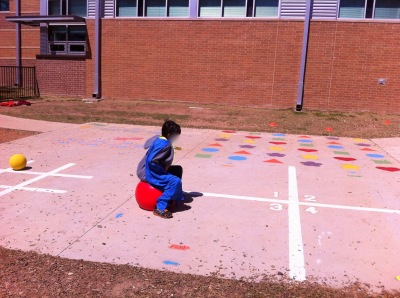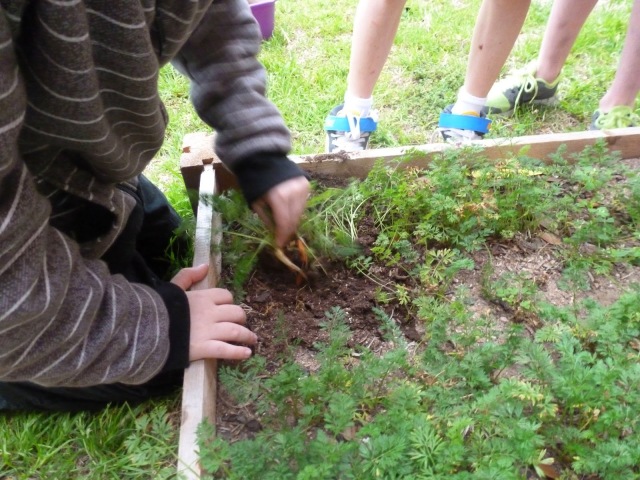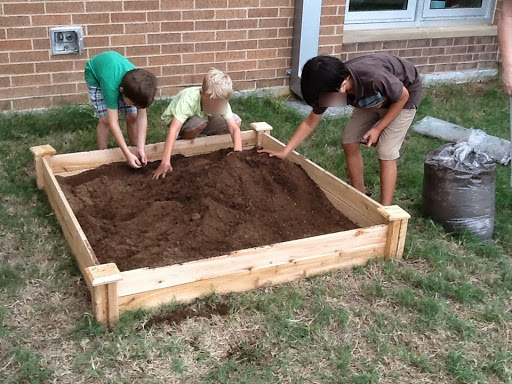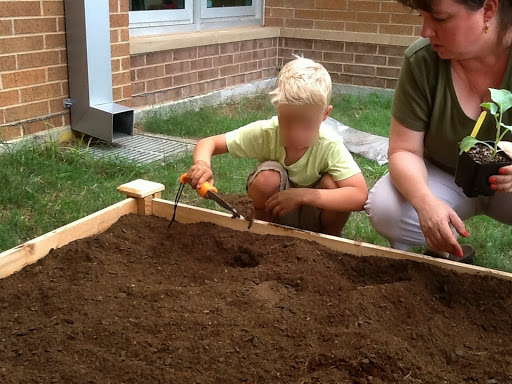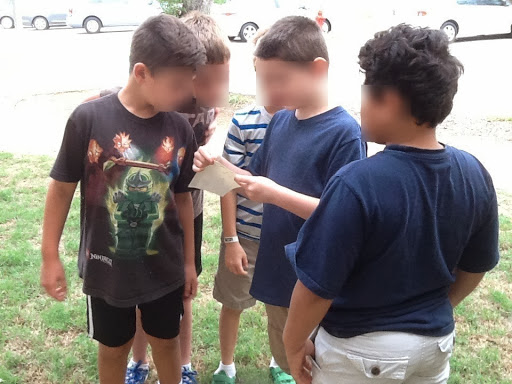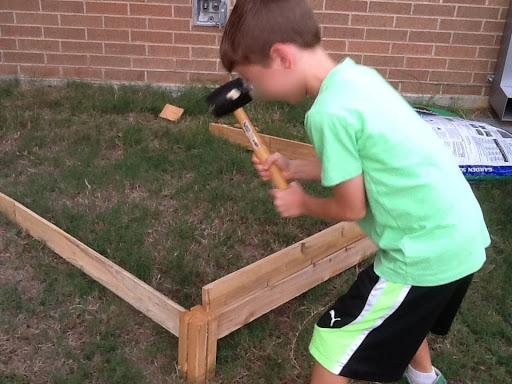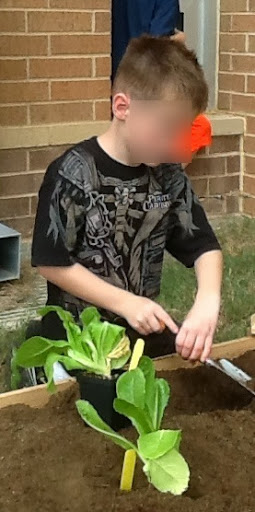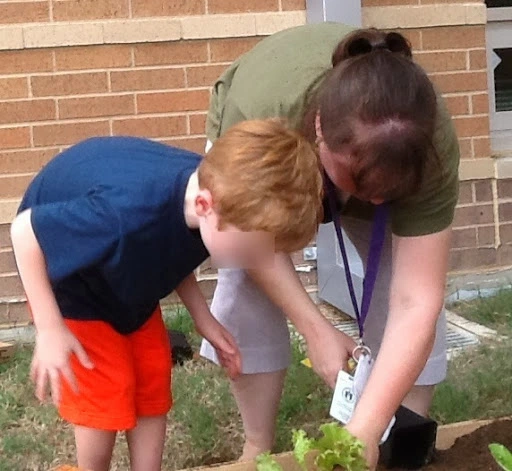An article was published recently by Michelle Garcia Winner, MA, CCC-SLP and Pamela Crooke, PhD, CCC-SLP of Social Thinking Center in a recent addition of Attention Magazine by CHADD that examined the Cascade of Social Thinking. This is a great way to explain how I assess and plan for individual student Social Thinking instruction. I’d like to share a few excerpts from the article to better share the thought process that goes into analyzing each student’s social functioning and making critical decisions about this instruction.
When analyzing student social functioning, I look for many elements in both static and dynamic situations. Students must be able to accurately demonstrate various thought processes and actions in structured, static situations before being asked to generalize to more dynamic, changing situations. Often, this is why there is a difference between the experience that a parent may have with a particular social skill at home compared to what we see at school. At school, we practice the skill with the appropriate amount of scaffolding that the student requires at that time. Imagine this support as a highly involved scaffold at a construction site and over time the scaffolding is decreased. When a student requires a high level of prompting or cueing and a more structured/static situation to practice, the scaffolding level is high. Over time, we will move the skill to less prompting/cueing while keeping the practice opportunities structured and static. When the student can handle that level, we pull back the prompting or cueing and/or expand the people and environments in which they practice the skill. Eventually (hopefully!) the student can generalize the skill to many people and environments with minimal to no cueing.
As you can imagine, based upon the social complexity of the skill, this can take a good long while to achieve. The other issue is buy-in. The student needs to see the benefit to themselves of engaging in the hard work of practicing this new skill. Just like working out, developing social thinking skills takes a lot of stamina!
Take a look below at the Cascade of Social Thinking. This clearly explains the various levels that students travel as they develop their Social Thinking skills.
excerpted from Social Learning and Social Functioning by Michelle Garcia Winner, MA, CCC-SLP and Pamela Crooke, PhD, CCC-SLP. Published in Attention Magazine by CHADD, October 2013 http://www.CHADD.org
Things are never quite as simple as they seem and this is most certainly the case with social learning. As
children, most of us followed a similar developmental journey when acquiring social skills but rarely do we
now give thought to which skills allow us to function across different people and places each day. In fact, it is
likely that we have no idea when we acquired the ability to take multiple perspectives, initiate
communication at the right time and place, enter in and out of groups, play cooperatively or collaboratively
exist with one another – it just happened.We certainly didn’t place a milestone on when we began to
understand context-specific concepts and the relationship to how people think, act and behave in that
situation. And yet, development marched on and we emerged with these concepts and skills. Our innate
ability to engage our social awareness and attention to self and others paved the way.
Now imagine the effects on social learning when an individual’s innate driver of his or her own social
attention and awareness is delayed or driven by a brain seeking the details that may or may not be a critical
part of the social situation. The result is a Pandora’s box filled with social challenges that foster more
struggles and social issues and so on. So, the question becomes, Can we address the individual needs of
different types of social learners in one size fits all social skills program?
We’ve developed a framework that has 6 critical synergistic concepts related to social abilities. We refer to this as the Cascade of Social Functioning. Each element in the cascade is based on current research and the
relationships between the concepts are drawn from our clinical experience. Consider how information in
one part of the cascade impacts how a student functions in another part of the cascade and each
subsequent concept. In other words, each concept flows into one another highlighting the social executive
functioning involved in social interactions.
Awareness to the situation: Ultimately, we are expected to adapt our social behavior to the situation, but
we must first be able to take note or be aware of the situation or context.
~Attention to social expectations within the situation requires one to consider the different
perspectives of others sharing space within the situation in order to figure out the related
expectations. The expectations are often unstated social rules, which are also referred to as the
“hidden rules” or “hidden curriculum”.
~Social self-awareness to figure out how one is perceived as meeting or failing to meet the
hidden rules. This requires us to consider other’s perspectives in order to determine if we need
to further adapt our behavior to do what is expected in the situation. A student who struggles
to attend to the first 2 steps in the cascade is usually observed as being “aloof” and lacks the
social self-awareness to self-monitor their behaviors.
~Literal vs. abstract interpretation of communication within the situation: A weaker ability
to understand another’s perspectives for social attention and self-monitoring results in
difficulty trying to interpret what others mean by what they say. For this reason, those who
have limited social self-awareness tend to interpret verbal and non-verbal language in a
more literal manner. Those who have more awareness of how their ideas and behaviors
may be interpreted in multiple ways by others are most likely to have the ability to
understand and express their ideas with abstract language.
~Concept verses detailed interpretation within the situation: Those with a more literal
manner of interpretation are more likely to see the concrete details of the situation
rather than the concept. It can logically be argued that when a person is so detailedfocused
that she cannot take note of the situation or how people are governed by the
situation, she would consequently struggle to gain a “main idea” or concept. Our highly
literal thinkers tend to also be very detail focused in how they see and interpret the
world. Those with stronger conceptual awareness tend to have stronger perspective
taking skills and be more successful at interpreting and responding to information as long
as they can organize their response in a timely manner using their executive functioning
skills.
~General verses social anxiety. Those who lack social self-awareness are typically very
literal and detail oriented leading them to experience anxiety dealing with transition
and change. This world-based anxiety appears in our students who envision their world
as maintaining sameness and cannot anticipate change (nor learn from past
experiences as how to cope with change) due to inflexibility in how they interpret and
respond to information. On the other hand, those with a great social attention,
self-awareness and interpretation are more likely to develop social anxiety in adolescent
years as they understand more clearly how they are perceived by others -even if unsure
as to what part of the social skills creates that perception.
Differentiating instruction based on social learning abilities rather than a diagnostic label:
As we study each of our students’ social behavior based on the 6 areas addressed in the cascade, our
understanding of his/her level of the social mind should become more clear and a pathway to developing a
treatment trajectory more relevant. At this point we begin to differentiate what types of lessons will benefit
the individual. For example, a student with weak perspective taking, poor self-awareness, highly literal,
detail focused with world based anxiety will need a treatment program that builds upon very basic Social
Thinking concepts along with other resources. We would start teaching from a perspective of what the
student currently understands about the social world…
However, for an individual with solid awareness of other’s perspectives, a good understanding of what the
expected behavior is in a particular situation (even with difficulty self-monitoring in the moment), the ability
to abstract information, and characteristics similar to neurotypical peers, a more nuanced Social Thinking
approach is critical. In stark contrast to the treatment approach for the literal learner describe previously,
this nuanced learner would require a deeper level of discussion about social expectations, how to consider
and manage different perspectives/emotions, and how to translate that knowledge into social behavioral
responses (social skills).
Other core Social Thinking treatment strategies provide information to help students improve the ability to
share space with others (e.g., working side by side others in a classroom), develop relationships with
different types of people (peers, teachers, coaches) for different types of reasons (friendship, team
collaboration, cooperation, hidden rules, etc.) However, it is important to note that most social concepts
across a school day expand beyond interpersonal relationships into interpreting and responding to the
academic classroom curriculum. With the Common Core or State Standards, all students – no matter the
age- are expected to participate in lessons that encourage them to consider another’s points of view in
written material, movies/videos, and classmates. Students are also expected to efficiently sort out the
difference between a concept and related details in order to participate in social conversations, classroom
discussions or expressing one’s ideas through written expression. The analysis of information that relates to
understanding others perspectives requires Social Thinking; the expression of those thoughts requires not
only Social Thinking but also social skills.
Copyright 2014 Think Social Publishing, Inc
